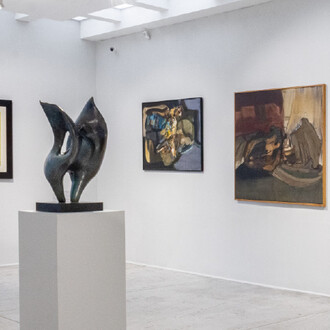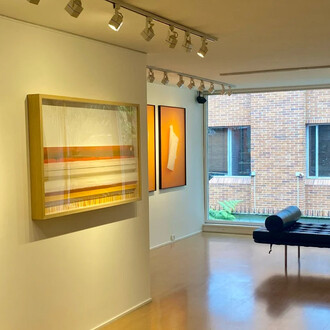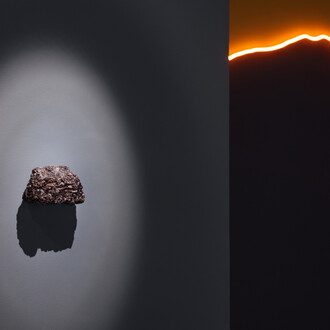Beatriz Uribe Vélez began embroidering as a meditative practice during a time of personal transformation, driven by a deep need to discover what her hands were capable of creating. Armed with linen, needles, and threads of silk and cotton, she produces works that are exquisite in their delicacy, color, and texture, often rooted in the natural world, where her background as a marine biologist becomes evident through her reverence for animals, trees, and elemental forces. Some works also reflect a search for identity, resonating with a broader national imaginary.
Traditionally linked to craft and rooted in both Eastern and Western heritage, embroidery is a practice that calls for patience, repetition, and care. In recent years, it has reemerged in contemporary art as a powerful extension of drawing. Yet, through her experimental stitching and delicate layering of translucent colors, Beatriz Uribe Vélez brings forth a distinctly painterly sensibility.
In the realm of contemporary art, embroidery has often taken on subversive roles, as seen in the Chilean arpilleras, which gave visibility to the disappeared under Pinochet’s dictatorship. Other artists have used it as a way to explore the construction of gender roles, while also questioning the hierarchical system that privileges painting and sculpture over craft-based practices.
Aesthetically, her vibrant, intricate backgrounds evoke the work of Viennese Secessionist Gustav Klimt, whose early 20th-century paintings were imbued with an Oriental aesthetic that had spread across Europe through world fairs.
Her meticulously crafted work invites a deep sense of respect for nature. Skies and watery landscapes vibrate through a singular technique that combines threads and stitches to create optical effects of motion and layered depth. In the series Landscapes of the unconscious, she appropriates animals and natural scenes to evoke and make visible human emotions. With her Witnesses, she pays tribute to trees and palms, static giants of time that silently accompany human life.
For the artist, embroidery is a way to connect the divine with the human, guided by a contemplative relationship with nature, which she sees as an intimate reflection of existence. It is also a way of bringing together, through fabric, thread, and needle, the intangible dimensions of life such as the unconscious, the symbolic, and emotions, mobilizing what is invisible; it becomes a path of knowledge and an active search to unite the physical and the spiritual.
















